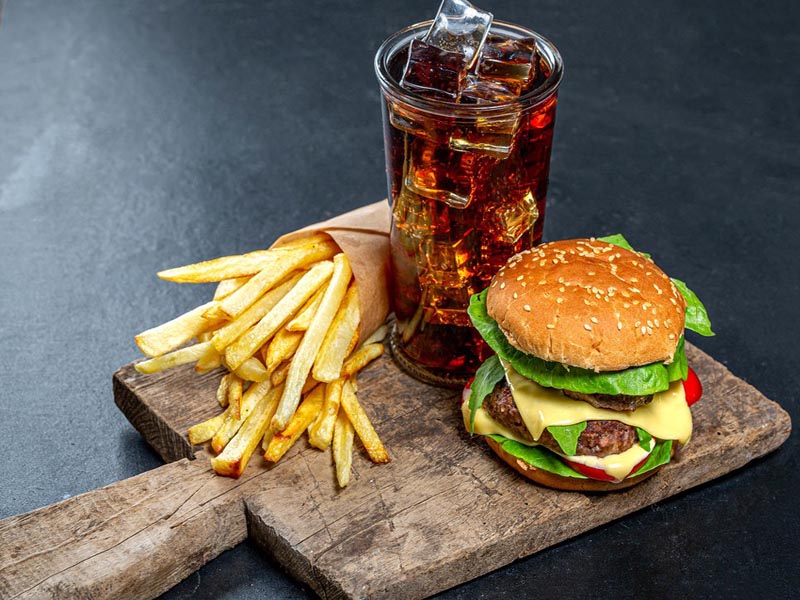Food items that are of little to no nutritional worth have been around for a very long time. I certainly remember eating junk food while growing up, so it’s safe to say that that these foods are hardly new. However, there’s something that’s changed for us to be more concerned than we were before.
The almost obsessive concern and heightened awareness about fast foods today is surely valid. The sharp escalation in non-communicable, lifestyle diseases like obesity and diabetes, can clearly be linked to an increased consumption of these foods.
The New Junk Food
Other than easy access (low cost and abundant availability), there’s another factor that contributes to the growing popularity of junk foods. The junk food retailed today is a totally new class of foods. An international panel of food scientists and researchers have devised a new system of classification (NOVA) to assess the quality of these foods. The NOVA system classifies foods not as per their nutritional worth but based on the degree to which they have been processed.
As per the NOVA system, a food can be classified in any one of the four categories:
Group 1: Unprocessed and minimally processed foods
Group 2: Processed culinary ingredients
Group 3: Processed foods
Group 4: Ultra-processed foods (UPF)
Among the four categories, the UPFs are the most concerning. Ultra-processed foods are designed to make people overeat them. It is almost impossible to put a brake on devouring such foods once you get started. But the individual can hardly be blamed for these tendencies—it’s the character of these foods that is so compelling.
What really makes UPFs so irresistible?
The secret lies in the reformulation of the food that takes place while processing. Take a look at a pack of any new-age savoury snack and try guessing the ingredients without looking at the label. Chances are you will be at a complete loss.
Michael Pollan aptly refers to UPFs as ‘edible food-like substances’. These industrially produced foods have a telltale sign. These packaged foods almost always feature a long list of ingredients, most of which you wouldn’t recognise or ever use while cooking your meals. Yet another characteristic of UPFs is that they are strongly flavoured and have a ‘melt in the mouth’ texture, which requires minimal chewing. All these factors, combined with convenience, smart branding and catchy advertisements, make UPFs rather irresistible.
Various studies have established that even a 10 per cent reduction in the consumption of UPFs can bring down the risk of many chronic lifestyle diseases. A simple way to effect this change is be cautious about stocking UPFs at home, school and work. A change as small as this can go a long way in improving the health of the future generations.
 |
Ms. Neelanjana Singh, Nutrition Consultant & Author |


